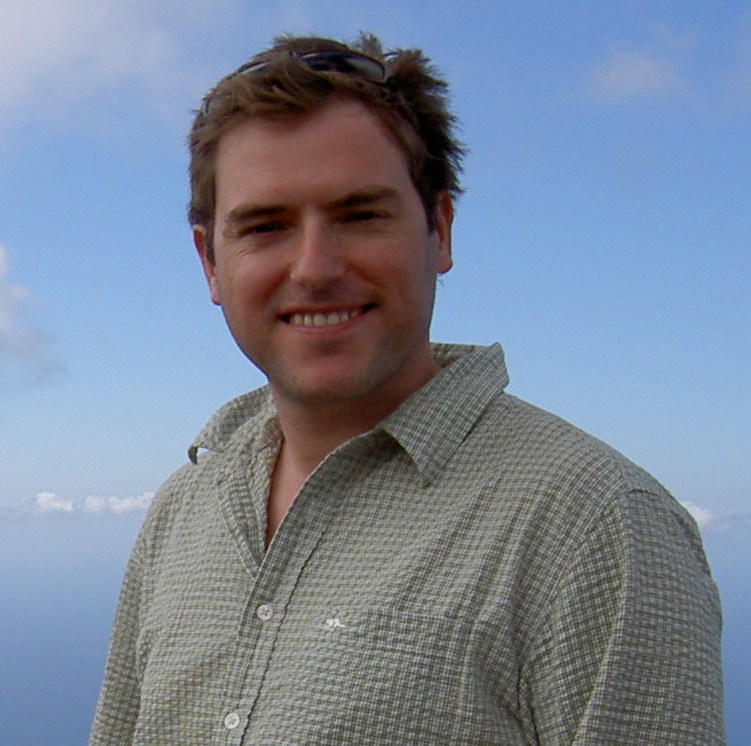Neuromuscular contributions to knee joint stability: implications for injury, rehabilitation and degenerative disease

Associate Professor, Faculty of Health Sciences, University of Ottawa
December 1, 2014 12:00 - 13:00
Mackenzie Building Room 3356, Carleton University
abstract
The knee joint is the most researched joint in the human body. Its role is essential for mobility and injuries to this joint therefore can have a significant effect on lifestyle and independence. The most commonly studied injury to the knee is the anterior cruciate ligament (ACL) injury, which leads to joint instability and in most cases knee osteoarthritis (OA). The ACL injury and knee OA are more prevalent in females and, once again, the knee is less stable in this population.
Muscles are the only active modulator of joint stability and thus neuromuscular control can be considered the only path which might allow an intervention to modify this stability as a function of environmental requirements for both prophylactic and rehabilitation purposes. To do so, a thorough understanding of the functional role of the muscles surrounding the knee is required. In this presentation I will explore the literature surrounding this issue and in particular my past experiences on the topic.
biography
Daniel Benoit is an Associate professor in the Faculty of Health Sciences at the University of Ottawa. Daniel is cross-appointed to the Faculties of Engineering and Human Kinetics, and is a member of the Ottawa-Carleton Institute for Biomedical Engineering. He holds a Master's degree in Biomechanics from McMaster University in Canada, after which he became the laboratory director of the Let People Move clinical biomechanics laboratory in Perugia-Italy. He then returned to academia and was awarded a PhD in Sports Medicine from the Karolinska Institutet in Stockholm Sweden, and completed a postdoctoral fellowship in Biomedical Engineering at the University of Delaware in the USA.
Dr. Benoit's research has been primarily focused on human movement biomechanics and neuromuscular control, in particular in vivo knee joint motions, knee injuries and the contribution of muscle activations and forces to the dynamic stabilisation of the lower limb. He works closely with orthopedic surgeons and robotics engineers, using both in vivo and in vitro techniques to identify tibio-femoral motion and muscular contributions to joint mechanics and stability.
His primary research goals include improving our understanding of non-contact ACL injury mechanisms and using evidenced-based biomechanical and neuromuscular research to improve prophylactic and rehabilitation techniques to improve knee stability, reduce knee injuries and delay the onset of osteoarthritis. His work has been cited over 680 times in the scientific literature.
Last updated December 10, 2014

